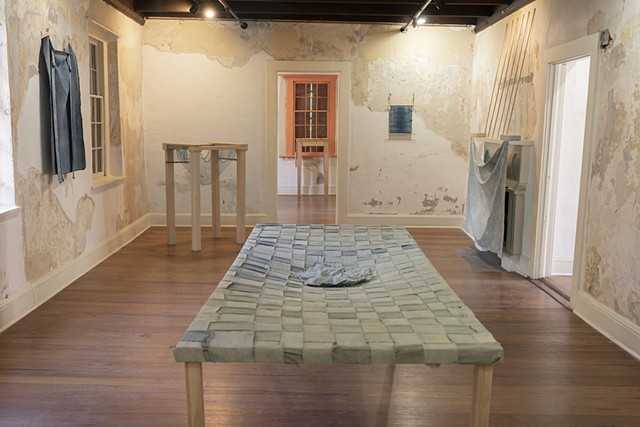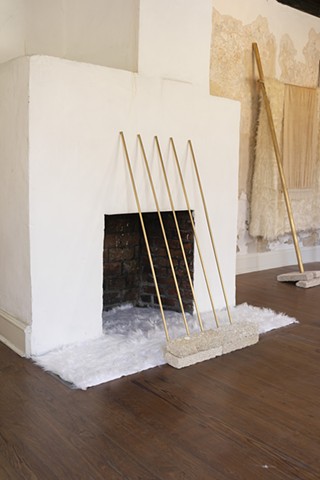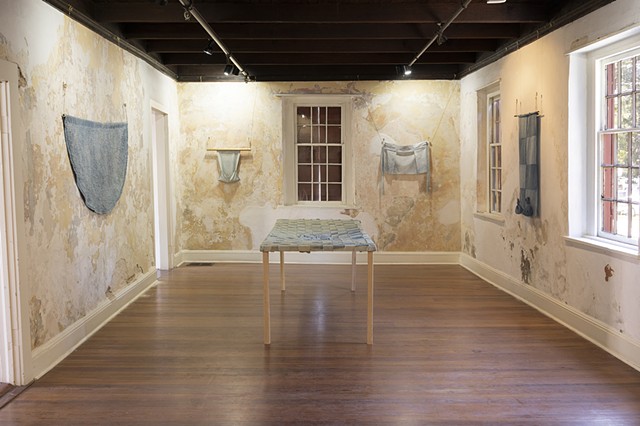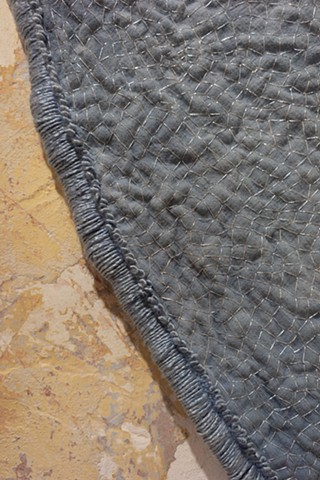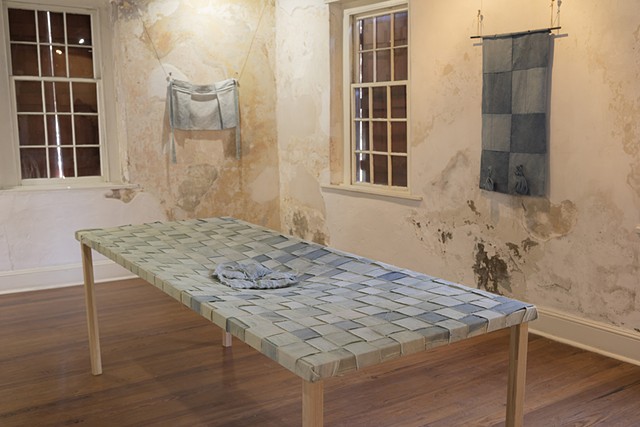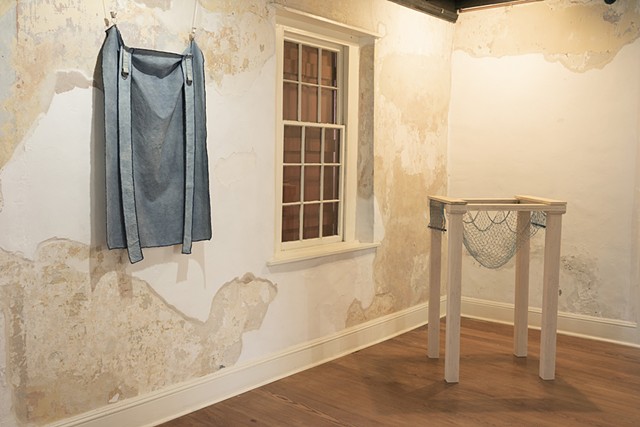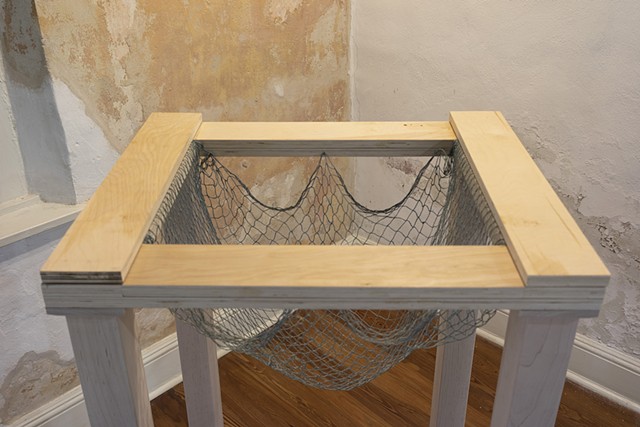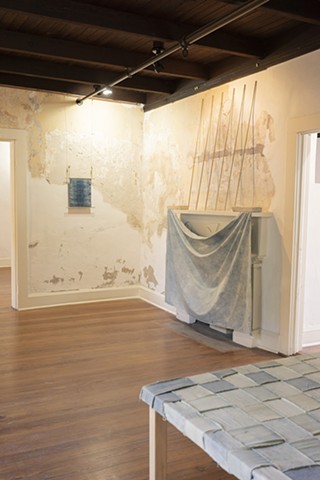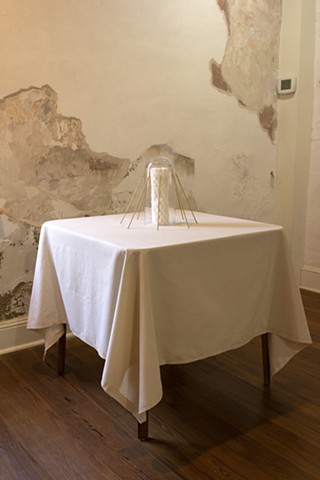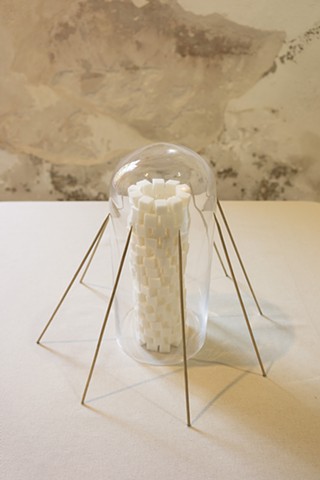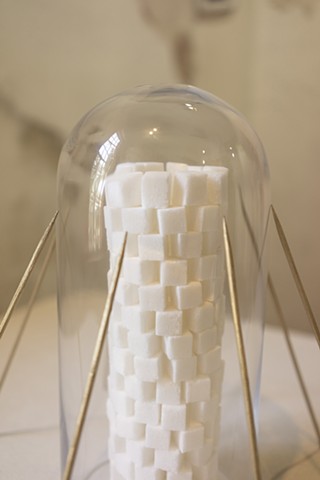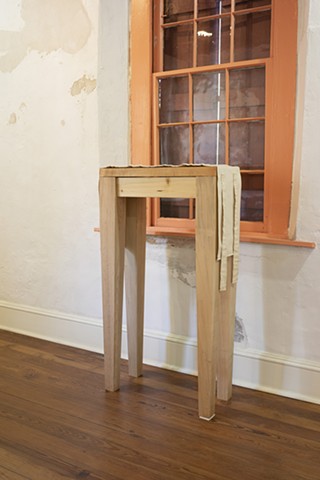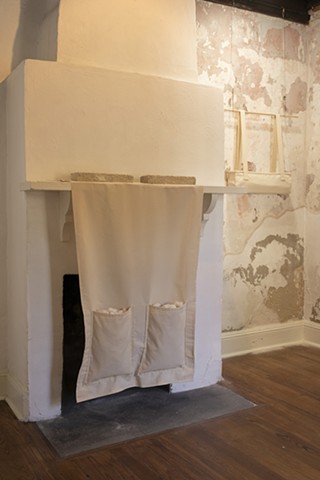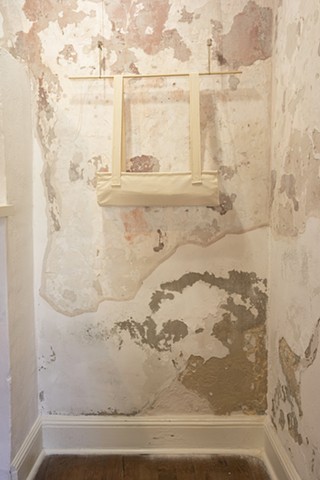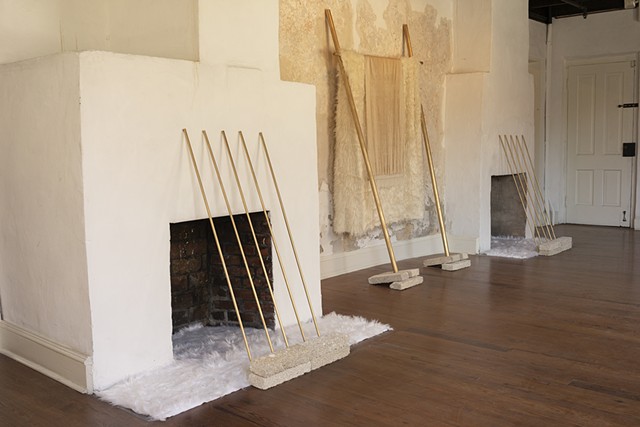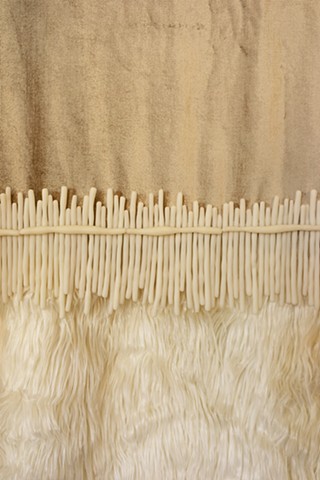Exposing History: Color, Taste and Textiles
Exposing History: Color, Taste and Textiles highlights stories of oppression related to the production of essential and desirable goods in Northeast Florida during colonization.
Northeast Florida plantations exported significant quantities of indigo, sugar and citrus during 20 years of British occupation. Rice was cultivated, but did not achieve status as a profitable crop. Slavery existed under prior Spanish rule; however, African slavery became prominent under the British. Additional histories related to British occupation include the imprisonment of Indigenous People at Fort Castillo San de Marcos, a structure that their ancestors were conscripted to build under the prior Spanish rule. Also significant is the deer hide trade as the need and desire for fur and hide in Europe led to exploited resources on the European continent, causing trappers to explore wildlife in North America. An extensive trade system between Indigenous People and colonists developed on the North American continent, working its way to the Southeast United States where deer populations were abundant.
The architecture of an 18th century home, Tovar House in St. Augustine, Florida, is used to visually narrate these stories. The house serves as an overarching theme regarding the concept of home during colonization. The histories are categorized among three rooms. The fireplace (hearth), a symbol of home, plays a significant role in each room; to communicate imprisonment in one’s homeland (Fur Room), to recognize domestic slave labor (Cotton, Citrus, Sugar, Rice Room) and to represent those that were taken from their home and put on ships during the Atlantic slave trade (Indigo Room). The work merges ideas about furniture and machinery to acknowledge physical labor endured by the human body, call attention to the role garments play in hierarchal systems and to engage with the viewers own sense of desire through material culture and scent. These histories are significant to the culture of contemporary society and raise awareness of enslaved, indentured and conscripted histories so we may recognize our place in the present, allowing us to practice citizenship and build a future of inclusivity.
Mongiovi dyed the indigo pieces, utilized hand-stitching and learned how to weave a seine net from Mike Usina, a Menorcan descendent. Menorcans is the name given collectively to a group of people from Menorca, Greece, Italy, France and Corsica. Over 1400 people were brought to Northeast Florida by an Englishman in 1768 as indentured servants to work an indigo plantation.
To enhance the concept of time and place, artwork titles reflect words from the book Florida In Poetry and poets Ann Browning Masters and Chitra Banerjee Divakaruni.
The exhibition was accompanied by a speaker panel led by Mongiovi. Speakers discussed histories related to plantations in Northeast Florida and the Atlantic slave trade. The panel included Dr. Chau Kelly, Associate Professor of History and Graduate Program at University of North Florida, Saundra Morene, President of Jacksonville Gullah Geechee Nation CDC and Susan Sernaker, Lead Ranger at Kingsley Plantation in Jacksonville.
This project made possible with the support of the St. Augustine Historical Society and funded by The Community Foundation for Northeast Florida.
